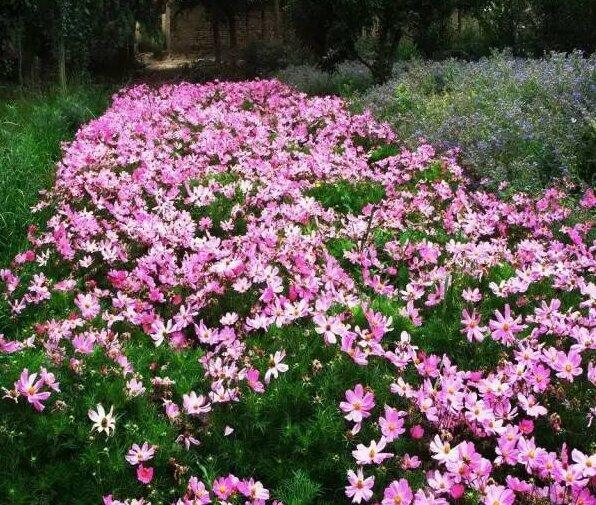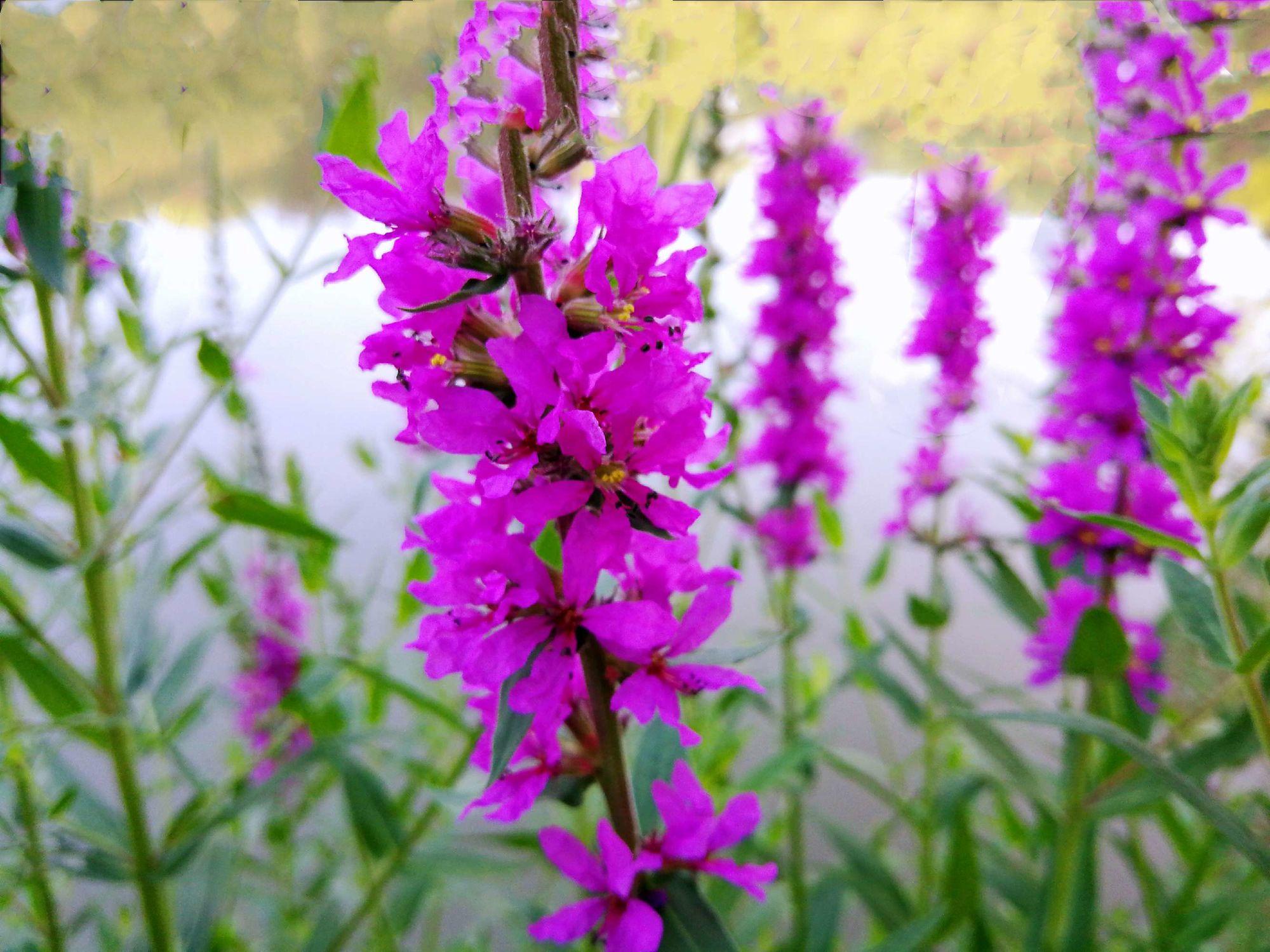Bruniaceae is a fascinating family of plants native to South Africa. One interesting story about Bruniaceae is its resilience and adaptation to its harsh environment. These plants have developed unique mechanisms to survive wildfires, which are common in their habitat.
When a wildfire occurs, Bruniaceae plants release their seeds and quickly respond to the changed environment. They have adapted to regenerate and grow rapidly after a fire, taking advantage of the newly available resources. This remarkable ability allows them to thrive and dominate the post-fire landscape.
Furthermore, some Bruniaceae species have specialized structures that enhance their chances of survival. Their leaves are often small and covered in dense hairs that protect against heat and drought. These adaptations not only make them resilient but also contribute to their extraordinary beauty.
In conclusion, the story of Bruniaceae highlights their incredible resilience and adaptability to fire-prone environments. This family of plants serves as a testament to the wonders of nature and the remarkable strategies that life forms adopt to thrive in challenging conditions.
Picture
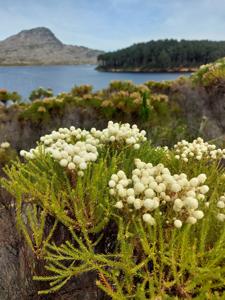
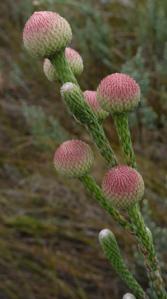
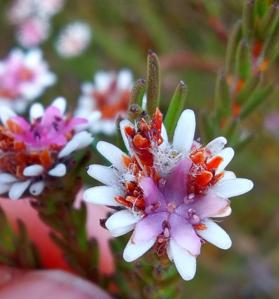
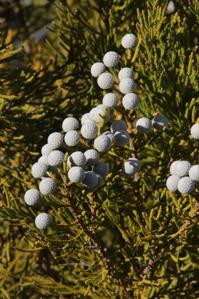
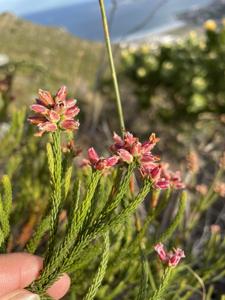
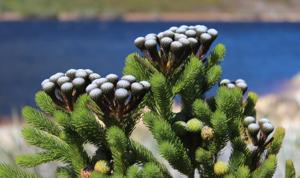
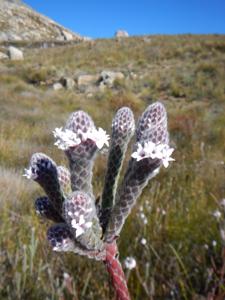
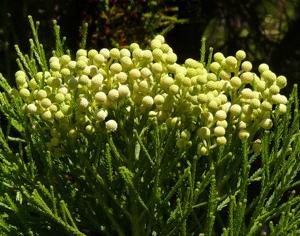
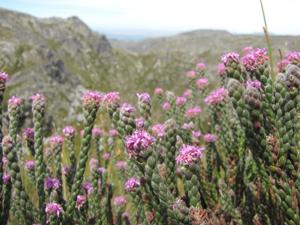
Plant some seeds now!
Short Description
Bruniaceae is a family of shrubs native to the cape region of South Africa. They are mostly restricted to the Cape Province, but a small number of species occur in KwaZulu-Natal.
Description
Species belonging to the Bruniaceae are heath-like shrubs. They have small, hard, scaly leaves that are alternate but regularly set and overlapping. A distinct character is the minute black tip of the leaves when these are young. The inflorescence is a dense spike or spherical flowerhead with up to 400 flowers at the end of the stems. Individual flowers are tube-shaped and hermaphrodite, there are five sepals which may be free or connected at their rim, while the ovary sits under the other parts of the flower. The fruit is dry when ripe, opens with two or four valves and contains fleshy seeds.


